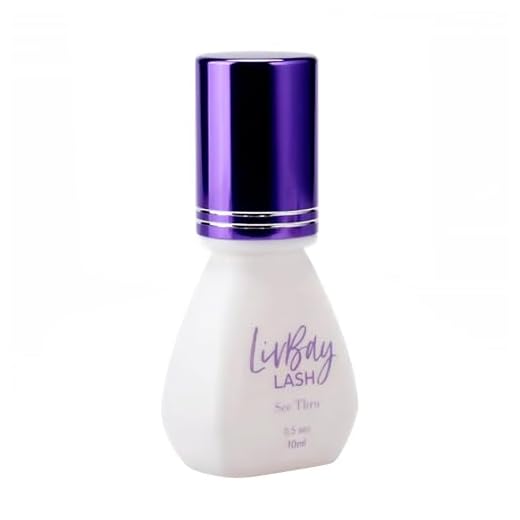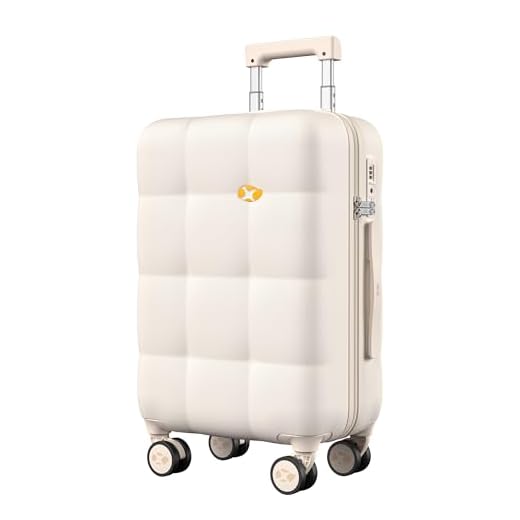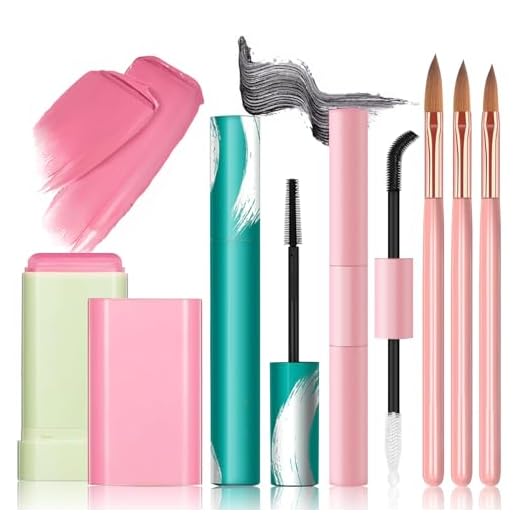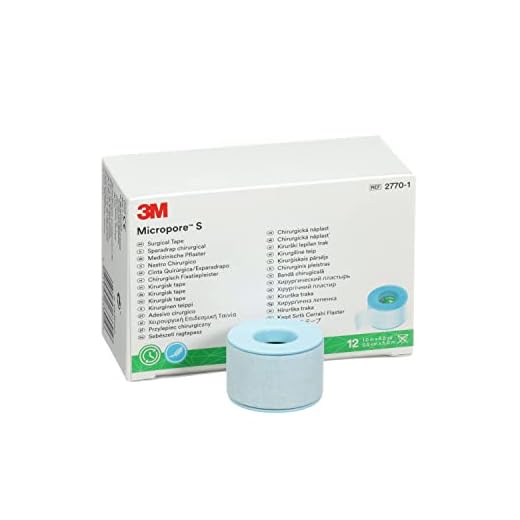





Limit: Containers must not exceed 100 ml (3.4 oz) per item to qualify under the standard liquids rule used by many aviation authorities (US, EU, UK and most international carriers). Place all liquid or gel cosmetics and adhesives together inside one transparent resealable bag (roughly quart-sized) and present it separately at security checkpoints.
Products labeled as flammable, pressurized, or otherwise hazardous are often restricted or banned from cabin carriage. Check the product label for hazard pictograms, flammable solvent warnings, or any UN/HAZMAT markings; professional bonding agents sometimes fall into controlled categories and require airline approval or carriage in checked baggage only.
Keep items in the original packaging with ingredient list visible and ensure caps are tightly closed; double-bagging prevents leakage through screening trays. For quantities above cabin limits, ship ahead or place larger containers in checked baggage after confirming the carrier’s policy. Carry a printed copy of the product’s safety data sheet when transporting high-strength adhesives to simplify discussions with security staff.
Verify rules with the specific airline and the departure country’s aviation authority before travel, since some carriers impose stricter limits than standard airport security regulations. If in doubt, move adhesive items into checked baggage or send via courier to avoid confiscation at the checkpoint.
Allowed volume limits for lash adhesive in carry-on cabin bags
Rule: Each container of liquid, gel or cream adhesive must be 100 ml (3.4 fl oz) or smaller; all such containers carried onboard must fit inside a single clear resealable bag with a maximum capacity of 1 litre (about 1 quart) per passenger.
TSA (US) enforces the 3-1-1 rule: 3.4 fl oz (100 ml) per item, 1 quart bag, 1 bag per person. EU airport security applies the same 100 ml / 1 litre limit. Individual carriers or countries may apply stricter limits–check the airline policy and airport website before departure.
Products labeled flammable or containing volatile solvents (acetone, toluene, nitrocellulose) are often prohibited in cabin zones; such items belong in checked baggage when the airline permits, or must be transported as cargo. Solid or fully cured stick-format adhesives typically are not classified as liquids and may be exempt from the 100 ml rule–verify classification on the product label or the Safety Data Sheet.
Practical steps: transfer formula to travel-sized, clearly marked containers (no homemade containers without labels), seal them in a transparent resealable bag, keep the bag readily accessible for security screening, and confirm airline allowance for flammable formulations ahead of travel. For compact, compliant packing solutions consider best luggage without zipper.
How to verify airline and airport rules before departure
Confirm airline and departure-airport regulations at least 48 hours before travel and re-check during online check-in; keep screenshots or PDF copies of the specific policy pages and any written replies from carrier support.
Open the airline’s official website and locate pages titled “Baggage”, “Carry-on”, “Prohibited Items” or “Dangerous Goods”; use the site search with keywords such as “restricted items”, “liquids and gels”, or “chemical adhesives” plus the flight number for tailored guidance.
Consult the departure-airport security or operations page for terminal-specific rules and screening procedures; many major hubs publish separate lists of items confiscated at security and have FAQ sections that differ from airline guidance.
Contact carrier customer service via phone, email or verified social media account when policy text is ambiguous; request a written confirmation stating whether a particular product (describe by brand and chemical name or attach a photo) is permitted in cabin or checked baggage and under which conditions.
For adhesives or other potentially regulated substances, download the manufacturer’s Safety Data Sheet (SDS) and keep the original packaging and ingredient list available. If SDS classifies the product as hazardous or flammable, present that documentation to airline staff before travel.
Check national and regional authorities for the itinerary: Transportation Security Administration (TSA) for the United States, European Union Aviation Safety Agency (EASA) guidance for EU departures, Transport Canada or equivalent for other countries; search “prohibited items [country/authority]” for official statements that override carrier advice in security screening areas.
When transfers or multi-airline itineraries are involved, verify rules for each carrier and each transit airport – the most restrictive policy along the route is typically applied during screening.
At the airport, arrive earlier than usual if carrying items that may require additional inspection; present documentation at the security checkpoint and accept that security officers may require the item to be moved to checked baggage, placed in segregated screening, or surrendered.
Packing and labeling tips to pass security screening
Place cosmetic adhesive containers inside a clear, resealable plastic bag (quart‑size / ~1 L), tape the cap, position bottles or tubes upright and keep that bag in the outer pocket of a carry‑on for immediate access at the checkpoint.
Sealing & protection
Use heat‑shrink sleeves or a layer of strong tape over caps to prevent accidental openings; add an absorbent liner (paper towel) and a small rigid box or padded case as secondary containment to protect against crushing and leakage during pressure changes.
For spare applicators, strips or solid alternatives, store separately from liquid/gel products to limit inspection time and reduce spill risk.
Labeling & documentation
Attach a printed label stating “cosmetic adhesive,” exact volume in mL or fl. oz., lot number and manufacture date; secure the label with clear tape to prevent smudging. Handwritten labels are acceptable only if legible and permanent.
Keep original retail packaging and a printed Safety Data Sheet (SDS) or ingredient list in the same compartment; add a purchase receipt or professional licence if the product is for business use–these documents expedite officer verification.
When inspected, present the resealable bag and documentation without delay; items packed as described reduce the chance of removal from the aircraft and speed up screening.
Handling flammable solvents and chemical warnings
Keep flammable solvents out of carry-on; stow only in checked baggage when permitted under dangerous-goods regulations and after verifying the Safety Data Sheet (SDS) and airline dangerous-goods desk approval.
Interpreting GHS labels and transport markings
Identify hazards by pictograms and codes: flame pictogram signals flammability; health-hazard and exclamation-pictograms indicate respiratory/skin irritation risks. Key H-statements: H224 (extremely flammable liquid and vapor), H225 (highly flammable liquid and vapor), H226 (flammable liquid and vapor). Precautionary statements to note: P210 (no ignition sources), P233 (keep container tightly closed), P240 (ground/bond container), P243 (prevent static discharges), P403+P235 (store in well-ventilated, cool place). Match UN numbers on transport labels or SDS against the product (examples provided in the table below).
| Common solvent | CAS | Typical flash point (°C, closed cup) | UN number | Primary hazard statement |
|---|---|---|---|---|
| Acetone | 67-64-1 | -20 | UN1090 | H225 – highly flammable liquid and vapor |
| Ethyl acetate | 141-78-6 | -4 | UN1173 | H225 – highly flammable liquid and vapor |
| n-Butyl acetate | 123-86-4 | ≈27 | UN1123 | H226 – flammable liquid and vapor |
| Isopropanol (2-propanol) | 67-63-0 | ≈12 | UN1219 | H225 – highly flammable liquid and vapor |
Immediate actions, first aid and documentation
In case of a leak or spill during screening: isolate the item, remove all ignition sources, ventilate the area, and notify airport security and the hazardous-materials team. Provide the SDS and a full ingredient list or a clear photo of the product label on request for rapid hazard assessment.
First aid: inhalation – move the exposed person to fresh air; skin contact – flush with soap and water; eye contact – rinse for 15 minutes and seek medical attention. For cyanoacrylate-based adhesives, avoid forcible separation of bonded skin; soak in warm, soapy water and seek medical care for severe bonding or burns.
Firefighting and spill control: use alcohol-resistant foam, dry chemical or CO2 for fires; do not use water jet. For small spills, contain with inert absorbent (vermiculite, sand), collect into UN-approved containers and arrange hazardous-waste disposal per local regulations. Maintain documentation (SDS, product label, incident notes) for any interaction with security or transport authorities.
On-board use and declaration: what to tell security or crew
Declare the cosmetic adhesive at the security checkpoint and inform cabin crew before any in-flight application; present the original container and the Safety Data Sheet (SDS).
- At security – what to present: original sealed container, printed SDS, ingredient list with chemical names (e.g., cyanoacrylate), manufacturer contact details, and a clear label stating volume.
- Suggested phrasing for screening officers: “Product: cosmetic adhesive; chemical: cyanoacrylate; volume: X ml; personal cosmetic use. SDS available for inspection.”
- When an additional inspection is requested: place the container in a clear resealable bag, present it separately in the screening tray, and point to the label showing volume and chemical name.
- Before boarding / before using onboard: notify cabin crew with: “This item contains cyanoacrylate, in original sealed container, intended for brief cosmetic application. Requesting permission to apply while airborne.”
- Documentation to carry: printed SDS, original packaging with ingredient list, a one-page translation of the product name and SDS into the destination language (if different), and any medical or professional authorisation if applicable.
- If permission is denied: comply immediately, reseal and store the item as directed by crew (overhead or under-seat as instructed), and request assistance at the gate or airline desk for possible transfer to checked baggage or shipment.
- If a spill or strong odor is noticed onboard: inform crew right away, avoid direct inhalation and skin contact, and follow crew instructions; crew will implement the carrier’s chemical-incident procedure.
- Present product and SDS at security screening.
- Verbally state chemical name and volume to the officer.
- Inform cabin crew prior to any onboard application.
- Follow all crew directions; do not apply without explicit approval.
Travel-friendly alternatives to liquid lash adhesive
Opt for magnetic lash systems or pre-glued strip bands to avoid liquid bonding agents during flights.
- Magnetic two-strip lashes: two thin magnetic bands clamp natural lashes between them; no wet liner required when selecting clip-style sets. Average lifespan: 20–30 applications with careful cleaning. Application: align outer corner, snap together along the lash line; press each segment for 2–3 seconds.
- Pre-glued strip bands: disposable or reusable strips with adhesive already on the band. Recommended reuse: 3–5 wears for budget strips, up to 10 for premium bands if cleaned with alcohol-free swabs. Fit tip: measure band against eyelid (typical adult eyelid length 30–35 mm) and trim the outer edge to match; press along the band for 10–15 seconds.
- Double-sided lash tabs / tape dots: paper-backed adhesive tabs used under strip bands or individual clusters. Placement: 3–5 tabs per eye spaced evenly; press 5–7 seconds. Tabs work as emergency substitutes when liquid adhesives are restricted.
- Pre-bonded clusters: individual small clusters with adhesive already applied to the base. Application with angled tweezers: place along lash line at desired spacing; press for 2–4 seconds. Best for targeted volume and minimal product carriage.
- Magnetic cluster systems: magnetic micro-clusters that attach to a thin magnetic base strip or to each other; ideal for short trips since no wet products are needed. Expect 10–25 uses depending on handling.
Application and maintenance checklist:
- Always trim to eyelid width before first wear; trim outer edge only.
- Use clean, angled tweezers or a magnetic applicator to reduce handling and extend lifespan.
- Store reusable items in original tray or a hard case to preserve band shape and prevent contamination.
- Clean reusable bands by removing adhesive residue with a lint-free swab and gentle, alcohol-free cleanser; allow to air-dry fully before storing.
- Label single-use packs with date opened; discard after obvious wear, loss of tack, or 3–5 uses for hygiene reasons.
Emergency repair options without liquids: medical-grade micropore tape for temporary hold, double-sided cosmetic tabs, and packaged pre-glued mini-strips. For moisture control of storage cases and equipment, consider reading methods for removing water from air compressor lines to reduce internal condensation during transit.







